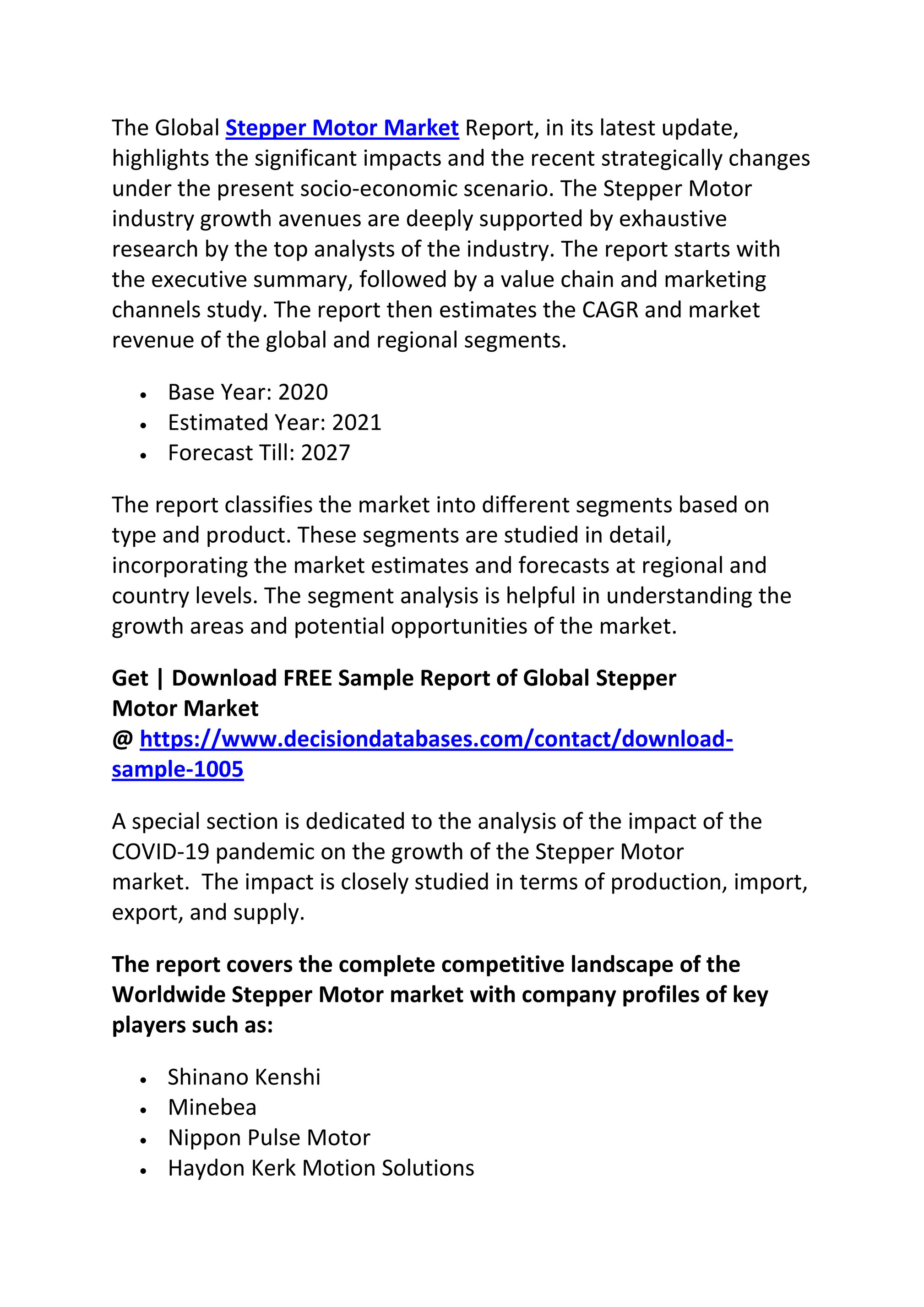
K-space and the image acquisition process Our aim is to provide a condensed guide to the function, application and limitations of these methods. In this review, we first examine the physical origins of motion artefacts and then summarize the main motion prevention and correction tools currently in use or in development. It is therefore extremely important to recognize and understand motion artefacts in order to identify the physical cause of the problem in a particular clinical situation and use the best possible tool for the problem.

Other techniques are relatively general, but are not completely effective. Some prevention or correction techniques are highly effective in particular circumstances, but useless in others. The choice of which tool to apply depends on the task at hand, namely, the imaging situation and type of motion in question. The potential of accelerated imaging seems to be increasingly limited by biologic constraints: peripheral nerve stimulation limits gradient switching speeds specific adsorption rate (SAR) limits the use of RF excitation pulses and T1 and T2 relaxation times constrain the sequence repetition and echo times, depending on the required contrast.įurthermore, it seems increasingly likely that there is not, and will not be, a single methodological solution to the problem of motion in MRI rather, a toolbox of solutions exists. This is particularly true for diffusion-weighted or diffusion tensor imaging, as was reviewed recently by Le Bihan ( 3).Īt present, there is no sign that the problem of subject motion during MRI examinations will be resolved through hardware improvements.

Higher main field strengths and stronger gradients also mean that a typical MR scan is generally louder than it was in the early days of MRI, which reduces the chance of infants sleeping through the procedure. Stronger gradients also mean greater phase accumulation for moving spins. On the other hand, hardware improvements have improved the achievable resolution and signal-to-noise ratio (SNR), and the sensitivity to motion has therefore increased. Faster imaging means that some scans can be performed in a shorter time, leading to a smaller chance of involuntarily subject motion. higher performance gradients) have enabled faster imaging, as have breakthroughs such as parallel imaging.

On one hand, incremental performance gains in hardware (e.g. Recent technological improvements have improved the situation in some cases, but have exacerbated it in others. The effects of motion have been well known since the early days of MRI and include blurring and ghosting in the image ( 1, 2). This is far longer than the timescale of most types of physiological motion, including involuntary movements, cardiac and respiratory motion, gastrointestinal peristalsis, vessel pulsation, and blood and CSF flow. This is primarily due to the prolonged time required for most MR imaging sequences to collect sufficient data to form an image. This review places a strong emphasis on explaining the physics behind the occurrence of such artefacts, with the aim of aiding artefact detection and mitigation in particular clinical situations.Ĭompared to other imaging modalities, such as ultrasound or computed tomography, MRI has always been particularly sensitive to subject motion. It seems likely that this multifaceted approach will be what eventually solves the motion sensitivity problem in MRI, rather than a single solution that is effective in all situations. In some imaging situations, the currently available motion correction tools are highly effective in other cases, appropriate tools still need to be developed. This article reviews the origins of motion artefacts and presents current mitigation and correction methods.

Instead, a ‘toolbox’ of methods exists, where each tool is suitable for some tasks, but not for others. Over 30 years of research have produced numerous methods to mitigate or correct for motion artefacts, but no single method can be applied in all imaging situations. It is one of the most frequent sources of artefacts. While sensitivity to particle motion or blood flow can be used to provide useful image contrast, bulk motion presents a considerable problem in the majority of clinical applications. Subject motion during magnetic resonance imaging (MRI) has been problematic since its introduction as a clinical imaging modality.


 0 kommentar(er)
0 kommentar(er)
